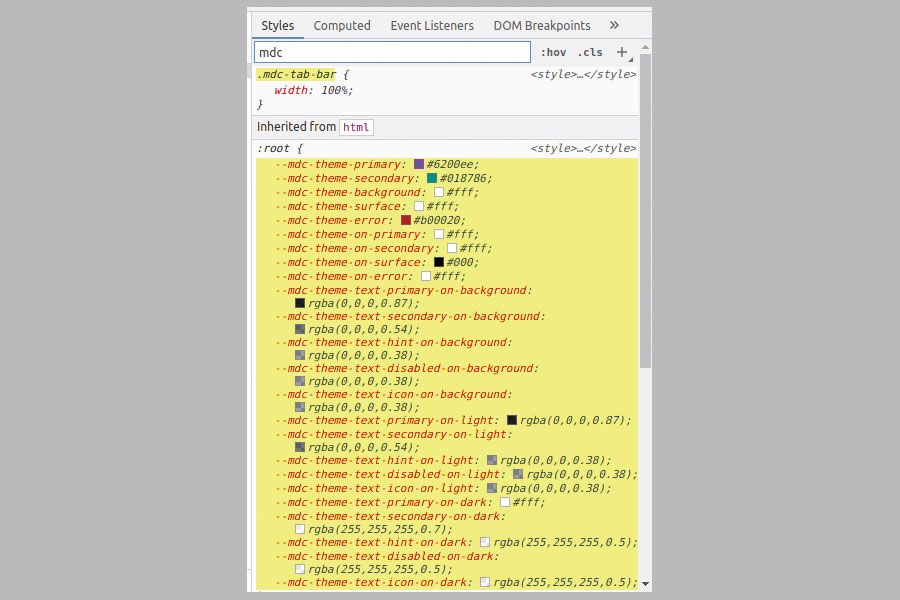

- Webtools google.com how to#
- Webtools google.com install#
- Webtools google.com free#
Lighthouse Plugins allow domain experts to extend the functionality of Lighthouse for their community's specific needs. To contribute a Stack Pack, review the Contributing Guidelines. These recommendations are defined and curated by experts from the community. "Stack Packs" allow Lighthouse to detect what platform your site is built on and display specific stack-based recommendations. Instead of only surfacing general recommendations, Lighthouse is now able to provide more relevant and actionable advice depending on the tools used. # Stack Packsĭevelopers use many different technologies (backend/CMS/JavaScript frameworks) to build their web pages. To this end, there are two features available that allow you to tailor Lighthouse to your specific needs. Lighthouse aims to provide guidance that is relevant and actionable for all web developers.
Open the Viewer, and paste the URL of a gist into it. Add ?gist= to the Viewer's URL, where is the ID of the gist. To view a report that's been saved as a gist: See Share reports as JSON for an example of how to generate JSON output from the command line tool.

The gist filename containing the JSON output must end in. To export a report as a gist from the CLI version of Lighthouse, manually create a gist and copy-paste the report's JSON output into the gist. The first time you do this, a popup asks permission to access your basic GitHub data, and to read and write to your gists.
In the Viewer, open the top-right menu, then click Save as Gist. The report opens in the Viewer, located at. (If already on the viewer, skip this step) Open the top-right menu, then click Open In Viewer. To export a report as a gist from the report: One benefit of gists is free version control. If you don't want to manually pass around JSON files, you can also share your reports as secret GitHub gists.
Drag the JSON file onto the viewer, or click anywhere in the Viewer to open your file navigator and select the file. Run: lighthouse -output json -output-path Open the top-right menu and click Save as JSON The list below explains how to get the JSON output, depending on what Lighthouse workflow you're using: The Lighthouse Viewer needs the JSON output of a Lighthouse report. The Lighthouse Viewer # Share reports as JSON Use the Lighthouse Viewer to view and share reports online. Lighthouse runs its audits against the currently-focused page, then opens up a new tab with a report of the results. The Lighthouse extension panelĬlick Generate report. After clicking, the Lighthouse menu expands. If not, open Chrome's extension menu and access it from there. It should be next to the Chrome address bar. In Chrome, go to the page you want to audit.Ĭlick the Lighthouse. Install the Lighthouse Chrome Extension from the Chrome Webstore. The DevTools workflow allows for testing local sites and authenticated pages, while the extension does not. Unless you have a specific reason, you should use the Chrome DevTools workflow rather than this Chrome Extension workflow. 
See Using programmatically for an example of running Lighthouse programmatically, as a Node module. To see all the options: lighthouse -help # Run the Node module programmatically The -g flag installs it as a global module.
Install the current Long-Term Support version of Node. # Install and run the Node command line tool After 30 to 60 seconds, Lighthouse gives you a report on the page. DevTools shows you a list of audit categories. To the right is the Lighthouse panel of Chrome DevTools, which is powered by LighthouseĬlick Analyze page load. To the left is the viewport of the page that will be audited. You can audit any URL on the web.Ĭlick the Lighthouse tab. In Google Chrome, go to the URL you want to audit. Lighthouse has its own panel in Chrome DevTools. The CLI and Node workflows require you to have an instance of Google Chrome installed on your machine.







 0 kommentar(er)
0 kommentar(er)
